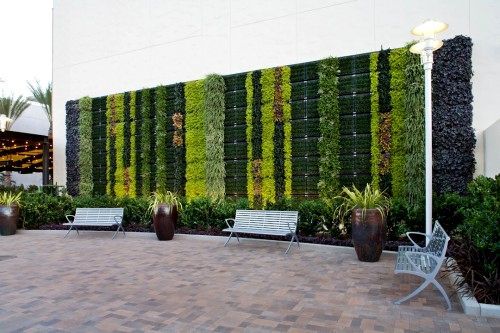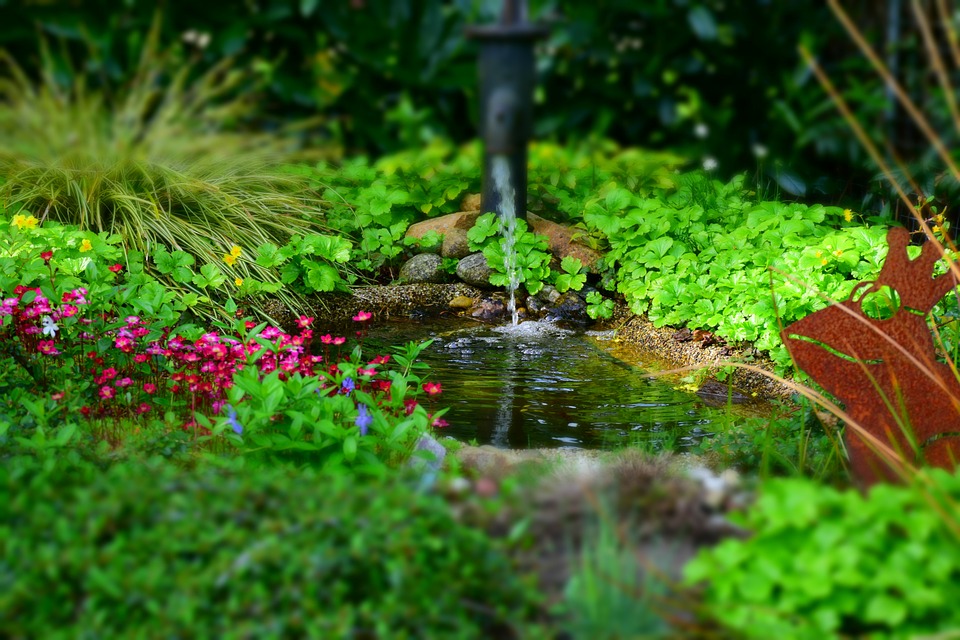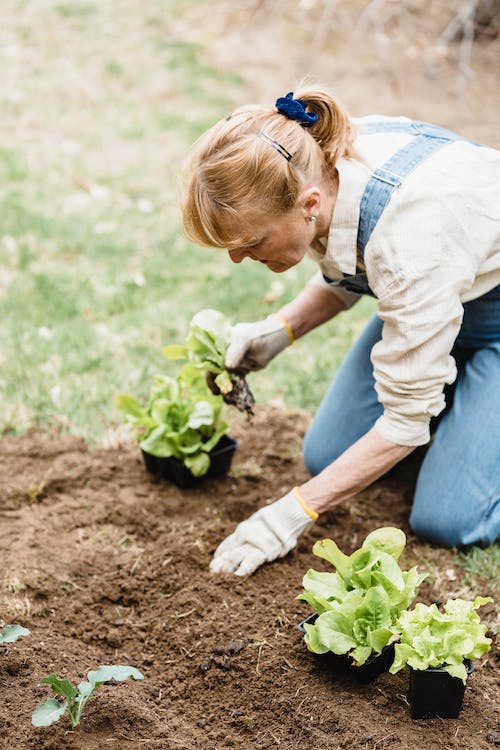Do you want to add a creative touch to your garden, patio, or landscape? Do you wish you could produce more flowers or vegetables in the little area you have? Vertical planting is a great way to add some creativity, beauty, and drama to your home while making the most of your space. Vertical gardening can give space to grow if you live in an urban environment with a tiny patio, balcony, or deck. Even if you don’t have a garden right now, you can still produce food and gorgeous flowers in whatever area you have. Simply search the word “vertical gardens” on the internet, and you’ll discover a plethora of ideas to get you started.
All across the world, vertical public gardens are being built and presented. Hundreds of plants are being placed to complement one other on the sides of buildings, park structures, and bridges, and the results are magnificent. The natural world’s wildness is being brought into the city, enhancing air quality and the emotional well-being of passers-by.
Growing vertically may be a solution if you run out of room in your yard. Planting flowering vines along the garden fence on the south side will give shade for plants that don’t perform well in direct sunlight, such as lettuces, parsley, and beets.
Plant peas, beans, squash, luffa (or loofah), and melons along the north side of the garden fence to obtain plenty of southern exposure without shading out other plants. If your garden area has a sturdy wooden fence or building, stringing thread or wire linked to nails or screws vertical will work well and allow climbing plants to thrive.
Clematis, purple passionflower, trumpet vine, moonflowers, and morning glories are just a few flowering vines that come in a rainbow of hues.
They can be taught to climb a 4′ x 4′ redwood trellis, a tepee made of wooden stakes or poles wired together at the top, or a wooden arbor or archway that you walk through as you approach your garden area.
Put tall ceramic or wooden planters near the base of the supporting columns and plant climbing veggies if you have a pergola or covered shade area in your yard. You’ll have an array of lovely hanging squash, melons, cucumbers, grapes, or climbing flowers by midsummer. It’s also a real eye-catcher.
Adding levels to your landscaping, deck, or vegetable garden will increase the amount of space available for gardening while also adding aesthetics.
Consider adding a stone wall or crushed gravel pathway to transform your flower garden into a botanical garden. Build a trellis and plant climbing roses for a blast of perfume and color. Make the entrance to your house, lawn, or garden as appealing as you’ve always wanted it to be by doing some research online.
The Drawbacks of Vertical Gardening
Vertical gardening may not be for everyone, despite its numerous benefits. Here are a few disadvantages.
Maintenance Costs Have Increased
A vertical garden will require more upkeep in many circumstances, especially if it is installed indoors. If you have an indoor vertical garden, you’ll need to spend extra time watering it properly. The elements, particularly precipitation, help a traditional outdoor garden.
When watering or pruning the plants, you must be cautious to avoid leaking water or falling debris. Excess water creates a mess, but leaks can also cause water and mold damage, especially in indoor gardens.
It’s also possible that if you don’t keep an eye on your garden, it will attract bugs and pathogens. Water-borne infections can sometimes flow down from higher plants to lower leaves, spreading pathogens. This combination may also attract bugs. This can be avoided with proper care.
Limited Plant Sizes
Although customizable vertical gardens provide you with many leeways in terms of what you may plant, the layout of this type of garden can limit the plants you can use. You are limiting the room for the roots to grow if you have a tiny garden with close plants. This will not harm your plants, but it will necessitate smaller plantings.
A vertical garden is an excellent way to add flair to your home while also providing a useful hobby. While there are some drawbacks, the benefits greatly exceed the drawbacks.
Take the time to learn about different styles and ideas to create a vertical garden that complements your home properly. Let us know what gardening style you prefer in the comments.






1 Comment
[…] is by far the most original way of displaying indoor plants. What’s better than a wall full of plants? Nothing, you are right. This display will allow […]